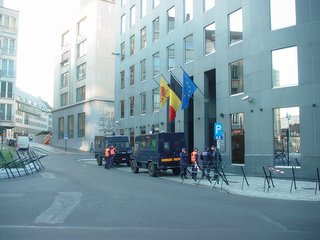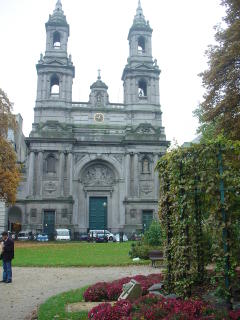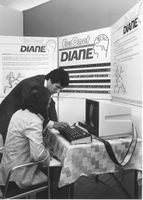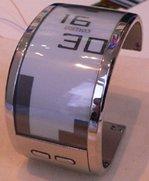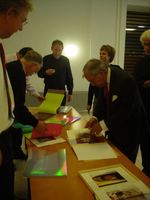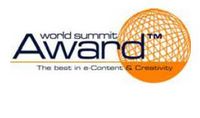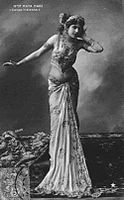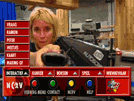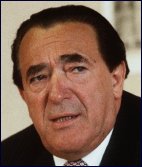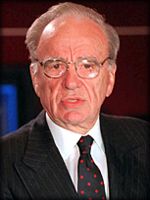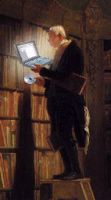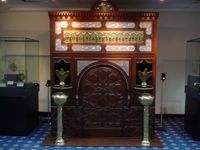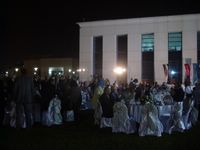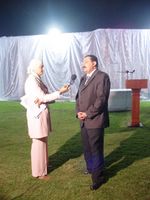The catalogue has the same format as the 2003 edition, which was published for the UN World Summit on the Information Society (WSIS) in Genf (Geneva). Of course it contains all the 40 best practices selected by the Grand Jury in Bahrain last September. It also presents 25 Special Mentions, distributed over geographic regions.
In all, 65 best practices are being presented in screen dumps and text with information and contact details about the producer. New in the catalogue is the flash backs on 2003 best practices and what happened after Genf. The Chilean product Easy Procedures led to a significant increase in visits. The Estonian Doc@Home application for monitoring of patients at home is now being sold through a subsidiary in the UK to countries like Finland, Germany and Portugal. The fabulous encyclopaedic game TimeHunt considered winning the WSA a fantastic honour; pitiful they did not gain more funding, which they should. The Indian N-Logue project setting up kiosks in villages has gained credibility with the government and project people are now working on 3.000 kiosks serving 90 million people in the next two years.
The winning 40 best-practices will be celebrated at Tunis during the second leg of the WSIS with a great Gala. After that they will be demonstrated on a world wide road show for the next two years.
 The catalogue is a handy tool for people involved in content production. Too often new projects are branded unique. In practice this usually means: we did not look around. The catalogue gives some nice hints for projects in e-government, e-culture and the other categories. Together with the 2003 catalogue it presents a nice overview of the best practices in the past years.
The catalogue is a handy tool for people involved in content production. Too often new projects are branded unique. In practice this usually means: we did not look around. The catalogue gives some nice hints for projects in e-government, e-culture and the other categories. Together with the 2003 catalogue it presents a nice overview of the best practices in the past years.The title of the catalogue New Media for a Better World also bears out the mission of the WSA. It is not just a competition to compare technologies or design. But it is an initiative to inspire the world to use the technique and design in the best interactive contents and innovative applications in the world.
Where can you get the catalogue? The catalogue will be online from Tunis onwards as is the 2003 version on the WSA site. But if you want to get the print issue, there are two messages. One message is that the catalogue is for free. Second message is that you will have to undertake some effort to get it: this week in The Hague at the Fill the Gap III manifestation on November 3rd, 2005 and of course at the WSA exhibition booth at the WSIS in Tunis and during the WSA Gala at November 16, 2005. And if you cannot be there, watch out for the various roadshow events, which will be announced at the WSA site.
